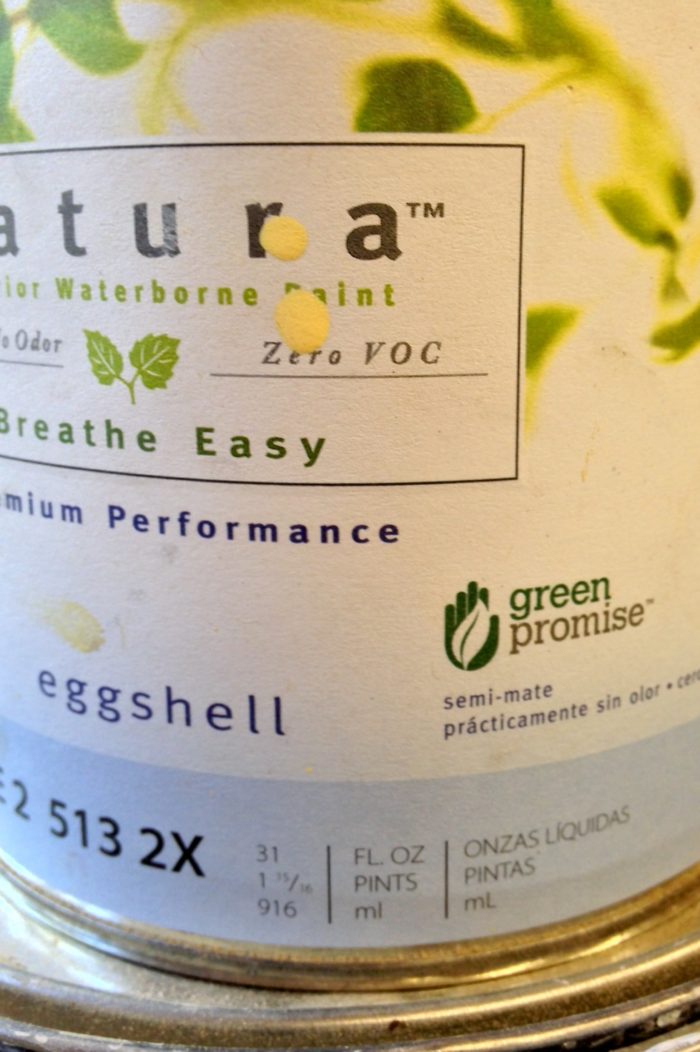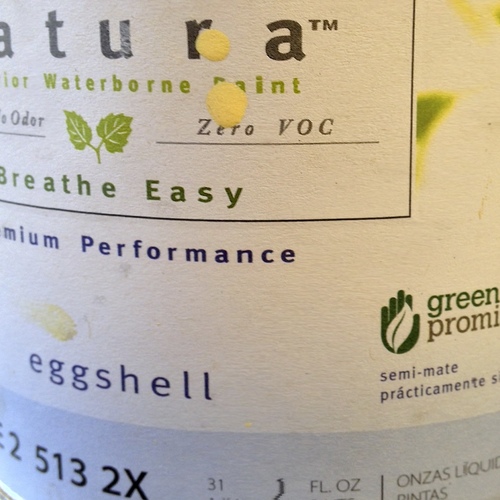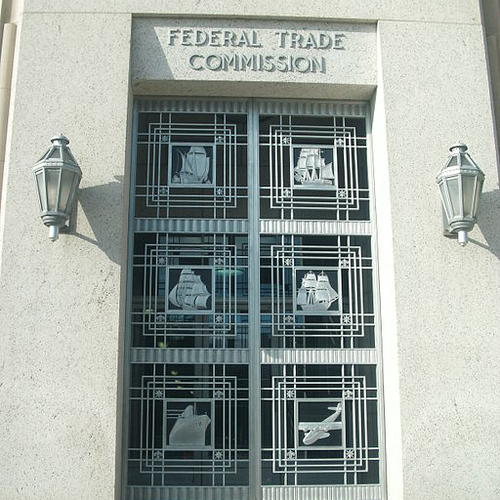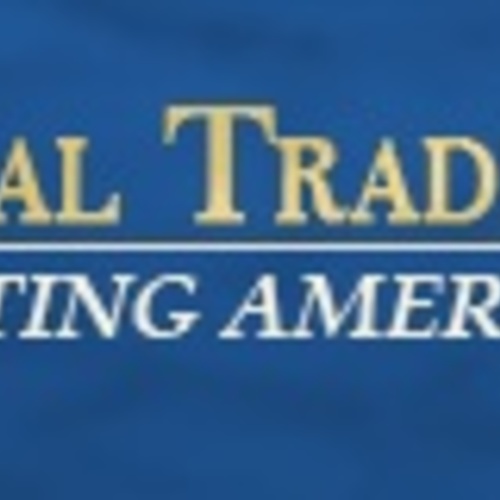
Orders earlier this year by the Federal Trade Commission should help clarify what it means when paint manufacturers claim their products are “VOC-free.”
Sherwin Williams and PPG Architectural Finishes Inc. had been accused of making false and unsubstantiated claims that some of their paints contained no volatile organic compounds even after base paints had been tinted.
The FTC announced in March that the manufacturers had agreed to stop claiming Dutch Boy Refresh and Pure Performance interior paints contained zero VOCs. That may be true for the base paints, the FTC said, but not when color tints are added.
In a letter to the original complainant, the FTC said the paint companies would be required to make it clear to consumers that the VOC level could increase after tinting, and that the ultimate VOC level of tinted paint would depend on the color.
“These disclosures ensure that consumers can make informed purchasing decisions with respect to the VOC content of respondents’ paints, while not preventing the respondents from making truthful claims about their base paints,” the FTC said. “For consumers who want to know more about which colors result in the highest VOC levels, the disclosures provide them with enough information to make fruitful inquiries prior to purchase.”
Green Guides aimed at reducing greenwashing
It’s not just paint the FTC is interested in.
The FTC also has issued “Green Guides” intended to help manufacturers and advertisers know when they’re crossing the line from truthful to deceptive. Revised guidelines were issued last October after the FTC accepted hundreds of comments from both consumers and industry representatives.
The guidelines cover advertising claims on all sorts of products and include a number of examples of labels that could be considered both truthful and deceptive. For example, suppose the label on a soda bottle says “recycled.” Although the bottle cap is not recycled, the claim is not deceptive because the bottle cap is a “minor, incidental component of the package,” the guidelines say.
Using similar examples, the Green Guides cover a variety of environmental marketing claims on issues ranging from carbon offsets and whether a product can be composted to claims that something is “ozone safe” or “non toxic.”
“Among other modifications, the Guides caution marketers not to make broad, unqualified claims that a product is ‘environmentally friendly’ or ‘eco-friendly’ because the FTC’s consumer perception study confirms that such claims are likely to suggest that the product has specific and far-reaching environmental benefits,” the FTC said. “Very few products, if any, have all the attributes consumers seem to perceive from such claims, making these claims nearly impossible to substantiate.”
The FTC has posted a consumer shopping guide offering plain-language guidance on what green advertising claims should mean.
Weekly Newsletter
Get building science and energy efficiency advice, plus special offers, in your inbox.















0 Comments
Log in or create an account to post a comment.
Sign up Log in